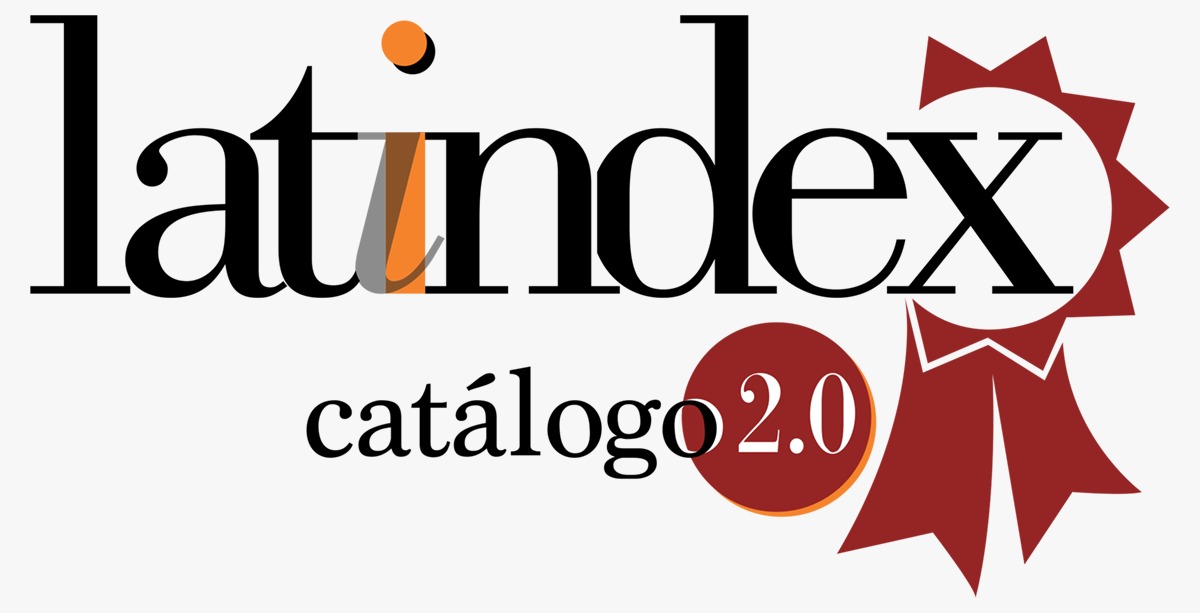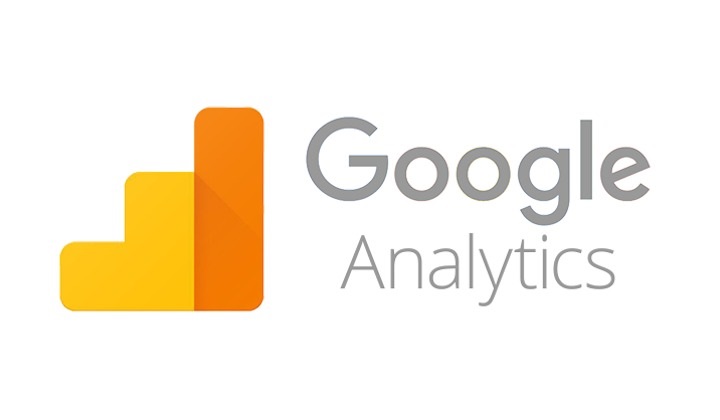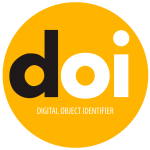Technological infrastructure implemented and use of educational softwares in the teaching pedagogical performance of the secondary level of the EI Politécnico Nacional del Callao, 2017
DOI:
https://doi.org/10.47865/igob.vol4.2021.129Keywords:
educational software, technology infrastructure, teaching performance, pedagogyAbstract
The purpose of this research is to determine the influence of the technological infrastructure implemented and the use of educational software in the educational pedagogical performance of the secondary level of the I.E. National Polytechnic of Callao 2018.
The research obeys a positivist paradigm, basic type; quantitative approach; with a non-experimental, transversal design, descriptive-explanatory method; and questionnaires were used that were applied to a sample comprised of 80 teachers from the I.E. National Polytechnic of Callao; and the Spearman correlation coefficient was used.
After the analysis and interpretation of the results, the following conclusion was reached: The technological infrastructure implemented and the use of educational software does influence the teaching pedagogical performance of the secondary level of the I.E. National Polytechnic of Callao, 2017; having obtained a p-value equal to 0.000.
Downloads
References
Avalos, B. (2001) El desarrollo profesional de los docentes. Proyectando desde el presente al futuro. UNESCO, Santiago, Chile, 23-25 septiembre.
Beltrán, J. (2010). La inteligencia emocional de los adolescentes talentosos. Faisca, 15 (17), 2-17.
Hernández R., Fernández, C., & Baptista, M. (2014). Metodología de la investigación (6 ed.). México D.F., México: McGRAW-HILL /INTERAMERICANA EDITORES, S.A. DE C.V.
Kerlinger, E. (1983). Enfoque conceptual de la investigación del comportamiento. México, D.F: Nueva Editorial Interamericana. Actualmente se publica por McGraw—Hill Interamericana.
Lavín, S. y Del Solar, S. (2010). El proyecto educativo institucional como herramienta de transformación de la vida escolar. Santiago de Chile, Chile: LOM.
Ministerio de Educación (2009). Evaluación Censal de Estudiantes (ECE) Segundo grado de primaria y cuarto grado de primaria de IE EIB Marco de Trabajo. Lima: MINEDU.
Ministerio de Educación del Perú. (2012). Marco de Buen Desempeño Docente: Aportes y comentarios. Documento de trabajo. http://www.minedu.gob.pe/pdf/ed/marco-de-buen-desempeno-docente.pdf
Redecker, C. (2011). The future of learning 2025: developing a vision for change. Future Learning. Vol. 1, págs. 3-17. www.academia.edu/6470910/The_Future_of_Learning_2025_Developing_a_vision_for_change (consultado el 7 de abril de 2014). (Sólo en inglés).
Reyes, J. C. (2009). webdelprofesor.ula Obtenido de ¿Qué son las TIC´s? : http://webdelprofesor.ula.ve/ciencias/sanrey/tics.pdf
Valdés, H. (2004). Desempeño del Maestro y su evaluación. Recuperado el 02 de 2020, de Yumpu: https://cutt.ly/QrCWwMe
Downloads
Published
How to Cite
Issue
Section
License

This work is licensed under a Creative Commons Attribution-NonCommercial-ShareAlike 4.0 International License.
Esta obra está bajo una licencia internacional Creative Commons Atribución-NoComercial-CompartirIgual 4.0.
















